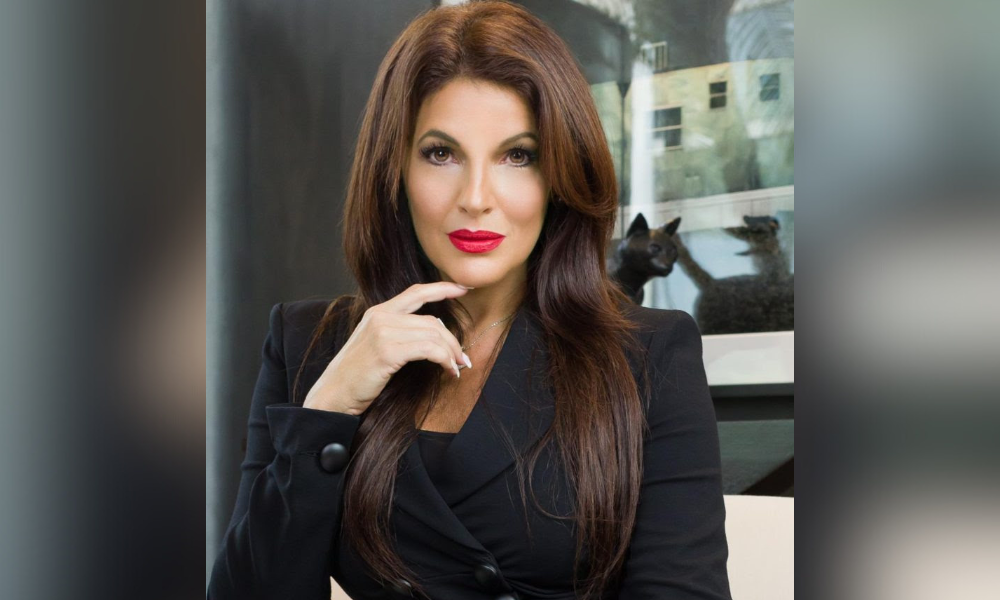She's been covering the two cities before it became fashionable

Veteran broker Rena Kliot (pictured) has been splitting her time between Miami and New York City before it was fashionable to do so.
The two disparate markets have come under greater focus given market shifts. While Miami continues to be the nation’s preferred destination for retirees and New York City the center of global enterprise, both are taking hits as a result of inflation and resulting higher interest rates.
While the market shifts have heightened the interest of brokers and speculators, Kliot has focused on the two markets for some 20 years since forming Pulse International Realty.
Miami becoming even more expensive
“I think we have lived through watching a seller’s market for quite a while,” Kliot told Mortgage Professional America in reference to the Miami market. Now, the market is undergoing something of a correction, with hunger pangs being felt along the way. “I just feel that things are becoming a little bit more balanced now to be honest with you.”
Statewide, the market is expected to be strong, she said, but against a backdrop of limited supply and higher pricing. “I think the Florida housing market is definitely expected to remain strong in 2023 and 2024 with continued demand for sure, but the rates are going to affect housing prices. We’re in a bit of a vicious cycle because of mortgage interest rates. Until inflation declines more rapidly and consistently, the mortgage rates won’t come down. Then that definitely affects housing prices.”
Find out if mortgage rates go down in a recession in this article.
The influx of retirees may be slowed as a result of economic conditions, she suggested. “There’s no question demand for Florida real estate has been exceedingly strong in the last few years,” she said. “But now we’re undergoing a bit of a healthy rebalancing with higher interest rates and increased costs of borrowing.”
Things have changed, she said, particularly in the aftermath of the COVID-19 scourge: “It’s not like it was in the pandemic when we experienced this work-from-home economy and had a tremendous influx of people into the Sunshine State. It was just so massive, but now we’re seeing more of a flattening that’s starting to balance itself out.”
To be sure, demand for homes continues in Florida. “But now instead of a six-month supply, it’s a two- or three-month supply,” Kliot said.
New York City grapples with near-empty office buildings
In New York City, the story of the day is the grim future for office towers. The peak of the pandemic may be over, but its after-effects are still being felt – perhaps nowhere more acutely that at office buildings trying to stay relevant in the aftermath of a lingering work-from-home environment spawned by the need for physical distancing to avoid COVID-19 spread.
“Office buildings are definitely still suffering,” Kliot said. “There are opportunities for people that own office buildings to collaborate with executive suite operators where they can either lease out the space or collaborate with them to make some money from what would otherwise be full spaces that are now empty.”
There has been much talk of possible conversions of office spaces into residential spaces, but the process is not as easy as it may sound, she suggested. “It doesn’t necessarily work in terms of how electricity and plumbing are connected,” she said. “In the case where it can be done, it has to make sense from an ROI perspective.”
Municipal requirements compelling owners to allot certain percentages of their buildings as affordable units could further erode profit margins, Kliot said. “The affordability component in New York makes the income so much less on a residential building so it doesn’t really pencil out. There are some people who can make it happen and have more free market rents on these buildings than what is required.”
Home designs changing post-pandemic
The pandemic continues to insinuate itself in the housing industry, as Kliot has seen an emerging trend marked by the addition of adding office-like elements into newly constructed homes. These would allow for physical distancing by creating an office-friendly environment at home without having to enter an office building.
“It’s not easy,” the Pulse International Realty broker said. “The pandemic has affected all of us in so many ways, and we’re trying to come out of it as best we can.”
Want to make your inbox flourish with mortgage-focused news content? Get exclusive interviews, breaking news, industry events in your inbox, and always be the first to know by subscribing to our FREE daily newsletter.



